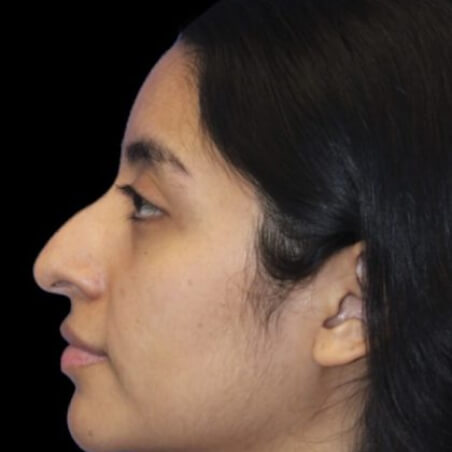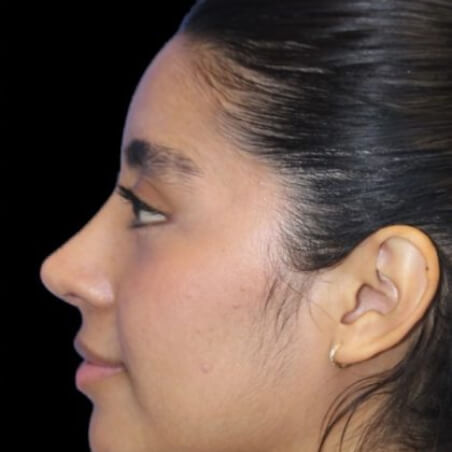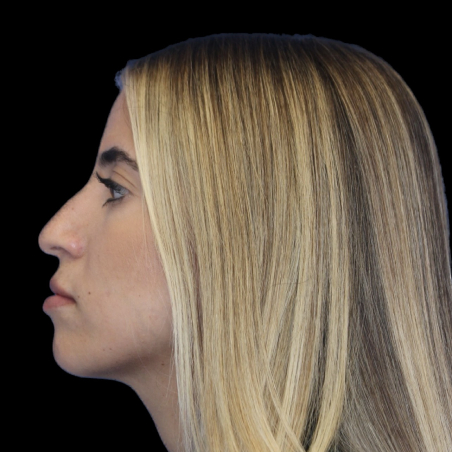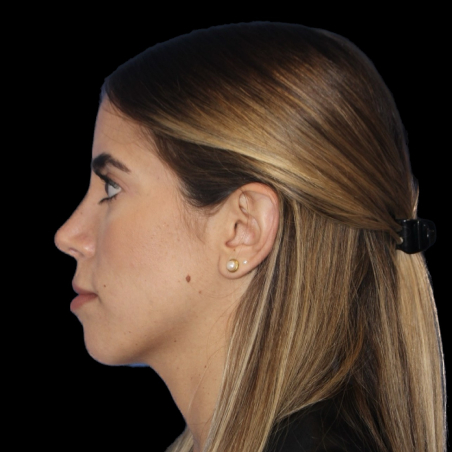Otoplasty
Conveniently located to serve the areas of Miami, FL

Ear deformities can be a real source of embarrassment and even trauma, particularly in children who are teased for their protruding ears. Many adults with this condition also feel self-conscious and are tired of living with the hassle of constantly trying to minimize or cover up their ears. For these reasons, many children and adults undergo otoplasty each year to reshape or reconstruct the ears. Otoplasty is a safe cosmetic surgical solution to protruding ears in both children and adults. At the Plastic Surgery Institute (PSI) of Miami and Coral Gables, FL our surgeons take pride in helping our patients to improve the appearance of their ears and regain their confidence and self-esteem. Our expert surgeon, Dr. Ghersi, has the experience and knowledge needed to properly diagnose and treat our patients, ensuring beautiful and lasting results.
Contents
Procedure
Otoplasty or ear sculpting/reshaping is a common cosmetic and reconstructive surgery designed to improve the cosmetic appearance of the ear or to treat defects resulting from injury. It is most often used to correct prominent ears that stick out from the sides of the head in children as well as in adults. Patients frequently report psychological trauma associated with having protruding ears and otoplasty can remove this source of emotional distress.
Benefits
Otoplasty is used to reshape one or both ears as a result of a natural birth defect or injury. It has the capability of removing excess cartilage from the ear, correcting ear deformities, such as microtia (underdeveloped ear), and reconstructing the skin and cartilage for burn and laceration victims. The procedure can also:
- Reduce ear and earlobe size
- Bring ears closer to face so they are not “protruding”
- Remove excess skin and cartilage from the ear as necessary
If you are considering otoplasty for you or your child, a consultation with Dr. Ghersi is the first step to determining candidacy for the procedure.
“Great bed side manners, easily explained things so that I understood. Staff is excellent!”
– Real Patient
Ideal Candidate
The best candidates for otoplasty are children over the age of 4 (after the ears have matured) with protruding ears. Having the surgery done early in life will help to avoid psychological problems later on from teasing and bullying. Otoplasty early in life also makes the operation easier overall, as the ear cartilage is softer and more pliable during childhood. However, many people that did not have the procedure done as children choose to do so as adults. While most people with prominent or disfigured ears can be candidates for otoplasty, it is not for everyone. Good candidates for the procedure include:
- Children age 4 and older with stable ear cartilage.
- Children or adults without untreated chronic ear infections.
- Children or adults are able to follow instructions and do not object to surgery.
- Children or adults that do not have life-threatening medical conditions which could impair healing.
Only an expert can determine individual candidacy. This assessment is conducted during the initial consultation.
Consultation
The consultation is a key first step in any otoplasty procedure. This step is important because it allows the surgeon to advise patients on whether or not otoplasty is the best solution for their individual needs. Dr. Ghersi will create a treatment plan during the consultation and encourage patients to ask any questions they may have.
Once determining whether or not the patient is a good candidate, Dr. Ghersi will discuss the surgery procedure with the patient. This includes things like anesthesia, medical history, costs, etc. At this point we discuss benefits as well as possible risks. The goal of the consultation is to help patients get all the information they need to make the decision that is right for their individual needs.
The Process
The otoplasty techniques Dr. Ghersi uses depends entirely on the diagnosis of the patient. We use a variety of procedures in order to treat different diagnoses. In all cases, we start with either local anesthesia, local anesthesia with sedation, or general anesthesia depending on the patient’s preference and the techniques that will be used.
If the patient’s diagnosis is a lack of an antihelical fold, then we use a procedure known as the “Mustarde” process. This operation restores the antihelical fold by making a small incision in the back of the ear and placing three sutures to pin back the ear. On the other hand, if the diagnosis is excess cartilage, we use the “Davis” process which removes the excess cartilage to restore the normal anatomy of the ear. Oftentimes, however, the diagnosis is a combination of the two: excess cartilage and no antihelical fold. In this case, we combine both processes to treat the patient.
Expected Results
Yes. Ear surgery provides nearly immediate results following the removal of the bandages covering the ears. A new shape will have formed during the beginning stages of healing. The ears at this point should be positioned closer to the head and any scars should be well hidden inside the natural ear crease.
Recovery
Some discomfort is normal directly following surgery. This can be controlled with pain medication prescribed prior to the procedure. You may have an itchy feeling underneath the bandages but leaving the bandage intact is important to ensure proper healing. During your visit, we will provide specific protocol and answer questions such as how long to leave the bandages on, when stitches will be removed, and when to resume normal activity and exercise. Many patients feel well enough to return to normal non-strenuous activities. Some activities will need to be postponed for several weeks after.
Risks
Having plastic surgery is always a personal decision as you have to weigh the possible benefits as well as risks. Ear surgery is extremely safe when performed by a licensed board-certified surgeon. However, as with every surgical procedure, cosmetic ear surgery involves risks. These risks include infection, blood clots, overcorrection, loosening of sutures, and reversal of the treatment. By choosing a board-certified plastic surgeon like Dr. Ghersi, you keep these risks to a bare minimum. He will be happy to address any concerns you have, and explain their processes for minimizing risks as much as possible.
Preparations

In preparation for otoplasty, you may need to undergo medical evaluation by our specialists, stop smoking before surgery, and avoid taking certain anti-inflammatory drugs as they can possibly cause increased bleeding.
Our office will provide you with specific instructions which outline exactly what to do before and on the day of surgery. It will detail anesthesia use during your procedure, as well as post-operative care, including a follow-up appointment.
Surgery Expectations
Once you have arrived at the office for your procedure, you will be given local or general anesthesia. Your doctor will recommend the option best for you depending on the specifics of your procedure. The second step is the incision which is almost always made on the back of the ear. When performed on the front of the ear, they are placed within the folds to hide them. Next, sutures are used to secure the cartilage in place. Then, stitches close the incision. A skilled surgeon will use extreme care and discretion so as to not distort other structures on the ear and to avoid an unnatural look.
Post Surgery
If you plan to have ear surgery performed as an outpatient, you will need to arrange to have someone drive you home after surgery. It is ideal if they can stay with you for at least one night after surgery, as having help and support will allow you to focus on initial recovery. After surgery, your ears are wrapped in a bandage to protect them from any trauma and to support proper healing and recovery. Dr. Ghersi will give you specific instructions for proper aftercare, including medications to take orally or to be applied topically which may reduce any risk of infection and ease any pain symptoms. Children must be monitored carefully during the recovery process to ensure proper healing.
Considerations
Getting ear surgery involves some important decision-making. The first decision you’ll make is your surgeon. Selecting a board-certified plastic surgeon experienced in performing otoplasty is crucial to optimize your experience and results. In addition to their credentials, it is a good idea to look over examples of a surgeon’s work. Before-and-after photos are a great way to set realistic expectations and help you choose a skilled provider.
Contact
Dr. Ghersi is board certified by the American Board of Plastic Surgery and serves the Miami and Coral Gables, FL areas. He has years of experience in reconstructive and cosmetic ear surgery and takes deep pride in his work. Expect top quality results and best-in-class care from our professionals. Call us today at 305-446-7700 to consult with our friendly, expert team and see if you are a good candidate for ear surgery.





